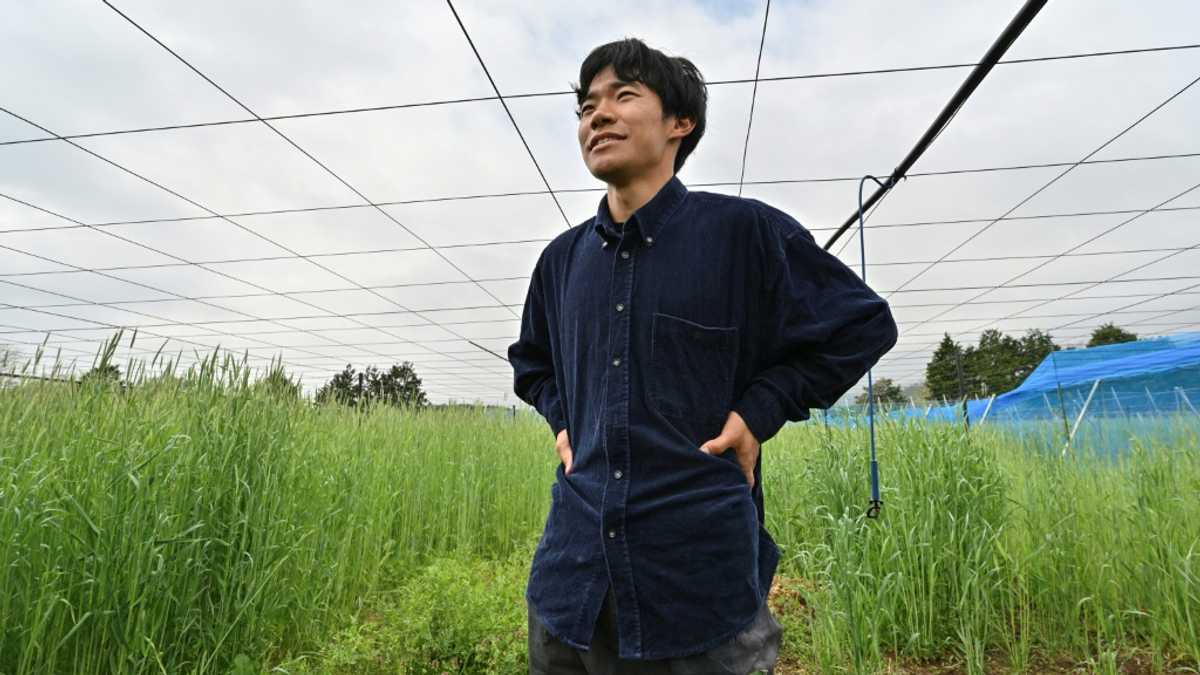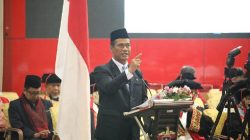
Not far from the location of the Fukushima nuclear accident, inexperienced farmer Takuya Haraguchi nurtures his kiwi plants amidst the spring sunlight, reviving land once designated as off-limits.
When Haraguchi was just 11 years old, Japan experienced its most powerful recorded earthquake in March 2011. This disaster triggered a devastating tsunami that resulted in approximately 18,500 individuals being killed or reported as missing.
The tsunami wave hit the Fukushima nuclear facility on the northeastern coastline, resulting in a catastrophic core meltdown.
When the intellectually inclined Haraguchi, from his distant home in Osaka, worried about radiation making all of Japan unlivable.
However, at 25 years old, the recently moved inhabitant of the countryside town of Okuma expresses optimism about the future of the Fukushima area.
“Everybody has heard of the nuclear incident. However, few are aware of this region and its progress,” remarked Haraguchi, who had a suntan from farming, as he spoke to AFP.

Through cultivating kiwifruit here, my aim is for people to develop an interest in and understand what life in Fukushima is truly like nowadays.
Fukushima is famous for its delectable fruits ranging from pears to peaches; however, following the nuclear catastrophe, many Japanese individuals avoided consuming agricultural products originating from this area.
More than 14 years after the incident, following thorough decontamination efforts that involved removing an entire layer of soil from agricultural areas, officials state that foods originating from Fukushima are now considered safe, as they have undergone rigorous testing for radioactive contamination.
Last year, Fukushima peaches were available for purchase at London’s prestigious Harrods department store. In Japan, however, some consumers opt to buy products from the region to help support the local farmers who have been facing difficulties.
“The safety has been confirmed,” stated Haraguchi, known for his kiwi-patterned bucket hat. “I believe it’s crucial that we carry this out here.”
Starting from ‘zero’
Haraguchi pursued software engineering academically but harbored aspirations of becoming a fruit grower.
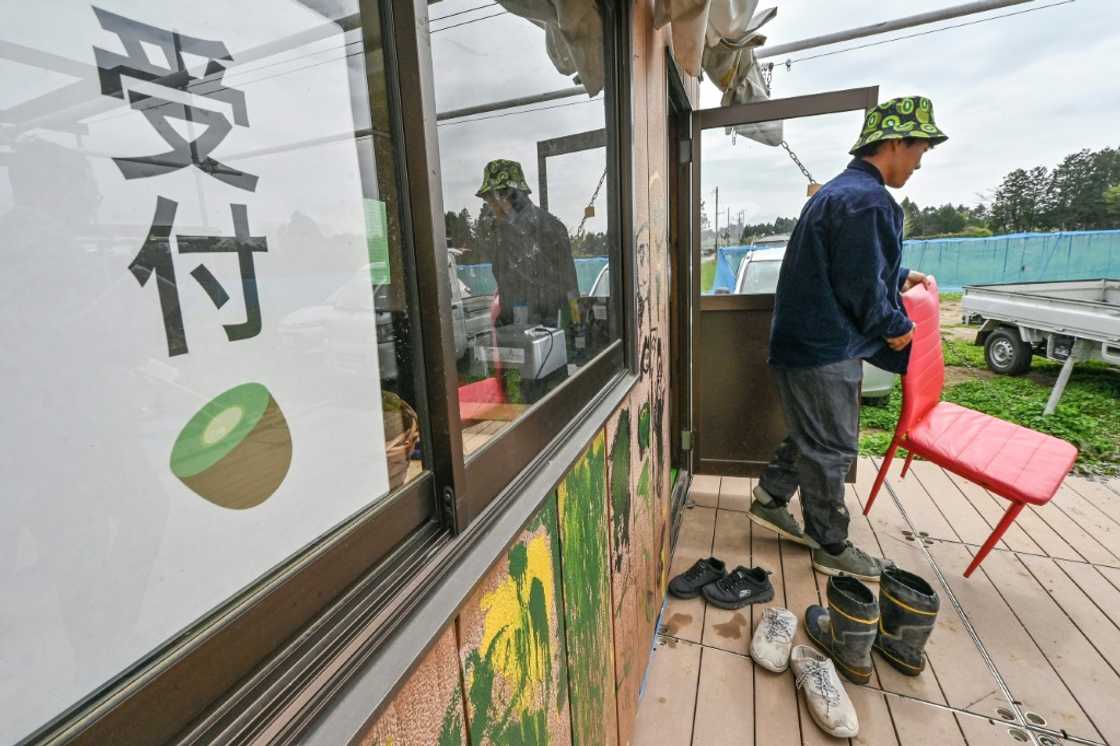
In 2021, he initially went to Okuma as part of an event aimed at students, where he encountered locals who were working towards reviving kiwi cultivation with the aim of restoring their town.
He encountered an experienced farmer as well, someone who relocated following the catastrophe and whose kiwis had such a profound taste that they amazed him.
Motivated, Haraguchi made numerous return visits for research purposes before launching his enterprise, named ReFruits, alongside a partner who had freshly completed their studies at a university in Tokyo.
They oversee 2.5 hectares (six acres) of land, with plans to reap their initial crop of kiwis the following year.
Haraguchi views the devastation experienced by the Fukushima area not as a curse, but as a chance for renewal.
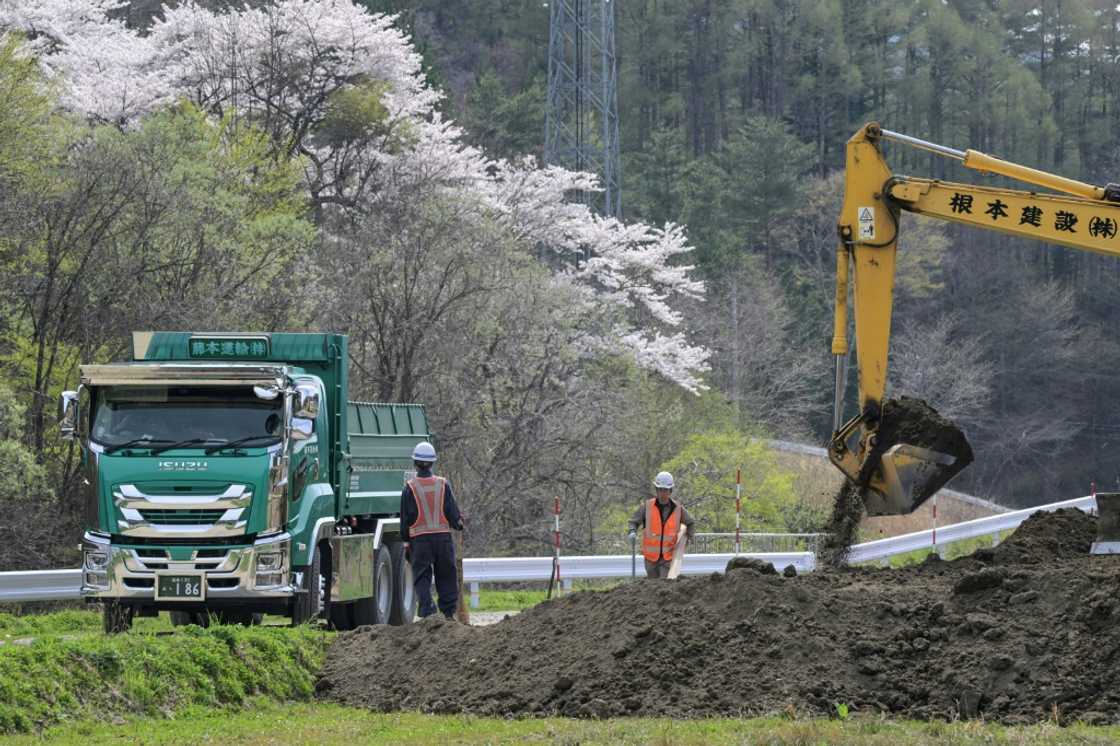
“As it dropped to zero before, we have the opportunity to explore various innovative and demanding concepts,” he stated.
Following the catastrophe, radioactive contamination compelled all 11,000 inhabitants of Okuma to abandon their residences.
In total, approximately 80,000 individuals were instructed to evacuate the Fukushima area for their protection, with an equal amount leaving voluntarily, according to officials.
Following this, the affected plant’s reactors have been stabilized; however, the decommissioning process is anticipated to span several decades.
Parts of Okuma, which was formerly a restricted area, were deemed safe for inhabitants to begin returning in 2019.
Just a portion of its former residents have returned — yet young people from outside, such as Haraguchi, are migrating there, capitalizing on governmental incentives including support with accommodation and starting businesses.
Currently, out of approximately 1,500 residents in Okuma, over 1,000 are new inhabitants. This group includes numerous individuals employed at the facility as well as those involved in farming and technology startups.
Radiation tests

Currently, numerous sensors track radiation levels in Okuma, showing readings that comply with established safety standards yet remain elevated compared to those found in regions further away from the nuclear facility.
Certain areas, like undeveloped slopes, stay inaccessible.
At Haraguchi’s farm, soil testing indicates a marginally increased radiation level that adheres to globally recognized food safety standards.
The government states that tests conducted on fruits from Fukushima indicate that the radiation levels are sufficiently low for safe consumption.
Kaori Suzuki, who heads the non-profit citizens’ science organization “Mothers’ Radiation Lab Fukushima – TARACHINE,” cautions that potential dangers might persist both currently and in the time ahead.
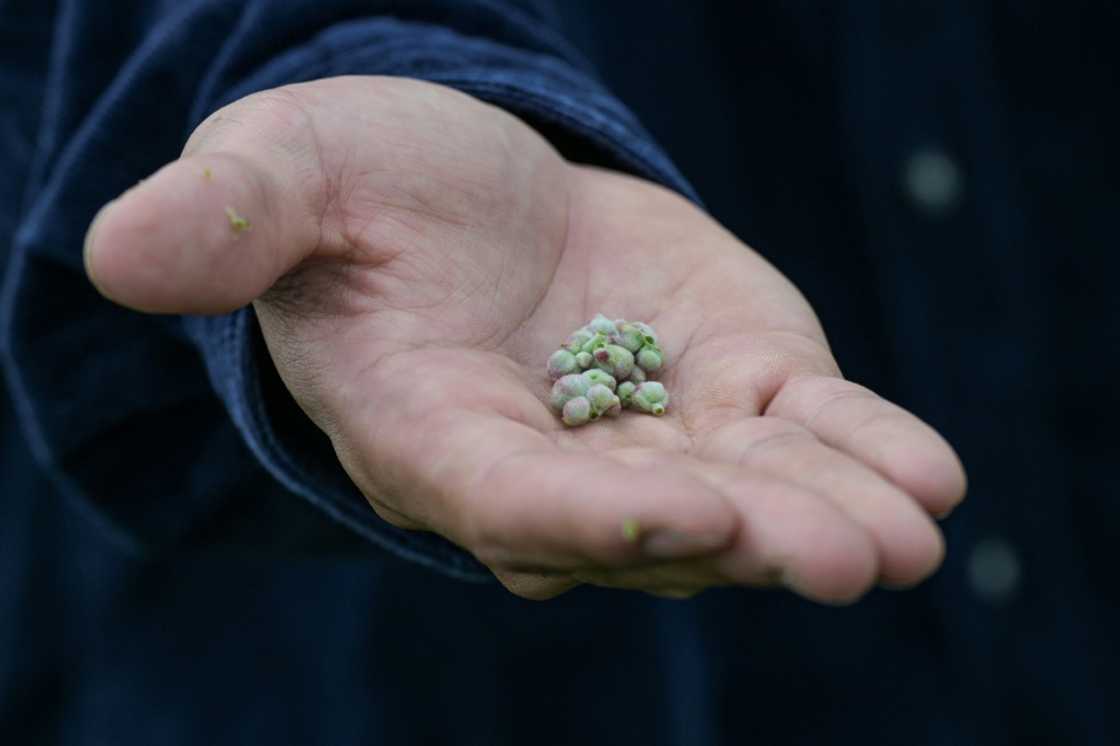
In addition to various tasks, her team performs their own radiation assessments on the soil and food from Fukushima to assist inhabitants who prefer to eat locally sourced items.
Even though “individuals can choose what they consume… it’s wiser to exercise caution,” as people have grown lax, she stated.
Haraguchi, who is traveling globally to share his narrative and that of the area, hopes that his efforts might ultimately alleviate worries surrounding Fukushima’s produce.
“He stated that we shouldn’t push our items onto those uncomfortable with this location and its produce, ” emphasizing his dedication to openness.
We must market our goods to those who comprehend.

